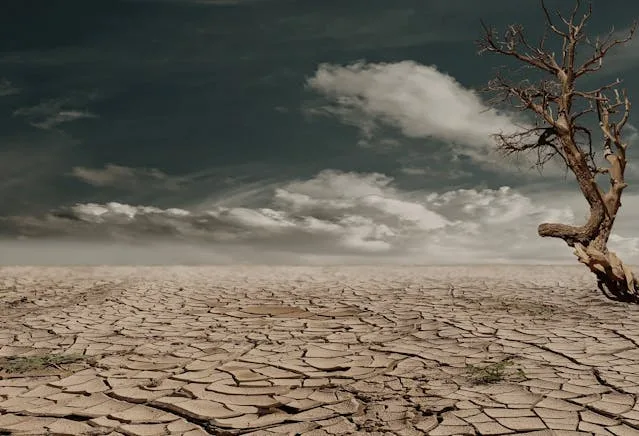We use ChatGPT and other AI tools every second of our lives — but few realize the steep environmental toll hidden behind every query.
A shocking investigation by SourceMaterial and The Guardian has revealed that major tech companies like Amazon, Google, and Microsoft are building and operating data centers in some of the most water-scarce regions on Earth. As AI and cloud computing explode, so does the demand for water — especially for cooling the massive server farms that run the digital world.
The report identifies 38 existing data centers run by the “big three” in drought-prone areas across five continents, with 24 more under construction. These facilities rely on water-intensive cooling systems to prevent servers from overheating — a process largely hidden from the public eye.
In Mesa, Arizona, where drought has persisted for decades, Google used 189 million liters of water in 2022 for one facility — enough to supply hundreds of homes for a year. A Microsoft center nearby in Goodyear is expected to use 200 million liters annually. In Santiago, Chile, local residents are already feeling the strain, even as the government declares water a national security issue.
The issue isn’t isolated. From Telangana, India to Western Cape, South Africa, data centers are rising in regions where every drop is contested. Yet tech companies aren’t legally required to disclose exact water usage, and when they do, it’s often too late or too vague to assess local impact.
As AI models like GPT-4 demand unprecedented computational power, researchers estimate that training just one large model can consume over 700,000 liters of fresh water.
Tech firms like Google and Microsoft have pledged to “replenish” more water than they use by 2030. But critics say these promises lack transparency and accountability — especially when restoration efforts happen far from the impacted communities.
In the race to build the future, we may be draining our most vital resource.


